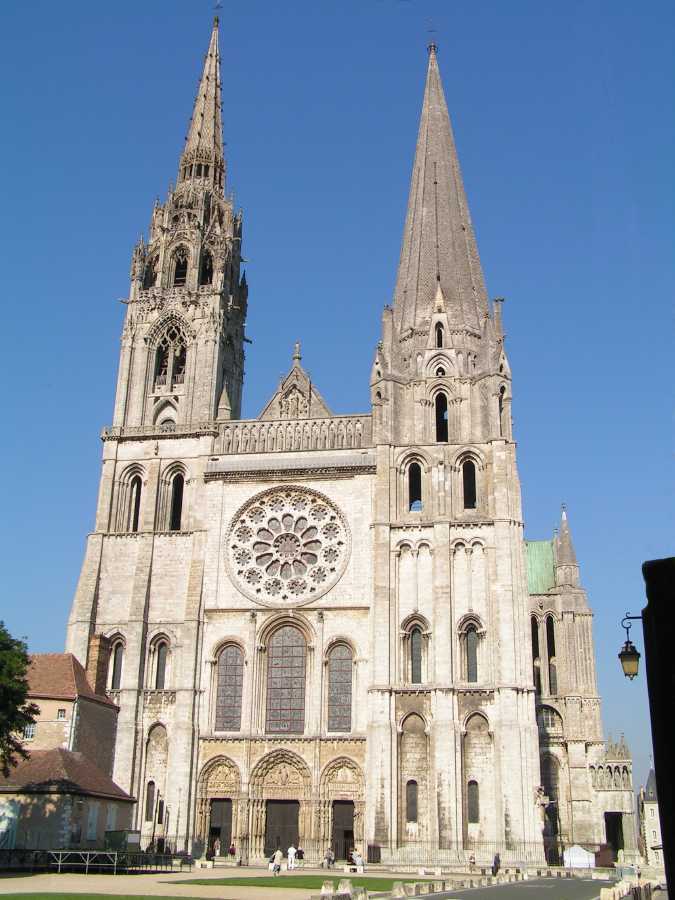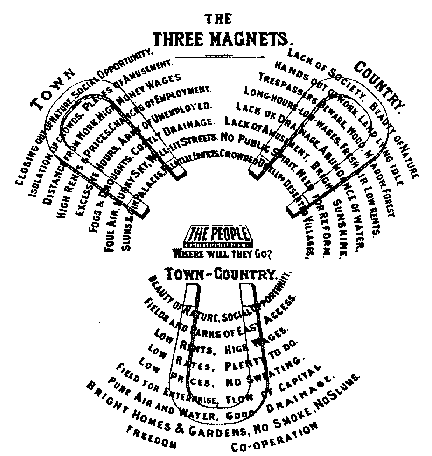|
Architecture Of Kuwait
Kuwaiti architecture is a style of architecture unique to Kuwait, a country founded in the early 18th century. Before the discovery of oil, Kuwait has an economy reliant on maritime trade, shipbuilding, caravan trade and the pearl industry. The economy improved by the discovery of oil, enabling more economic growth. History Kuwait City was surrounded by a wall with five gates in the 18th century, but it was demolished when the new masterplan was implemented in 1952. Apart from the city wall, Kuwait was protected by two forts: one in the city, and the other one at Jahra known as the "Red Fort". Kuwait's traditional building materials were stone collected from the sea or rubble stone covered with thick mud plaster, mud brick and sometimes Cora stone. Wood was rare, though mangrove poles imported from East Africa were used for roofs, as were some other few select woods from India. Early Kuwaiti architecture was relatively simple and intuitive, with a focus on maintaining the pr ... [...More Info...] [...Related Items...] OR: [Wikipedia] [Google] [Baidu] |
Kuwait
Kuwait (; ar, الكويت ', or ), officially the State of Kuwait ( ar, دولة الكويت '), is a country in Western Asia. It is situated in the northern edge of Eastern Arabia at the tip of the Persian Gulf, bordering Iraq to the north and Saudi Arabia to the south. Kuwait also shares maritime borders with Iran. Kuwait has a coastal length of approximately . Most of the country's population reside in the urban agglomeration of the capital city Kuwait City. , Kuwait has a population of 4.45 million people of which 1.45 million are Kuwaiti citizens while the remaining 3.00 million are foreign nationals from over 100 countries. Historically, most of present-day Kuwait was part of ancient Mesopotamia. Pre-oil Kuwait was a strategic trade port between Mesopotamia, Persia and India. Oil reserves were discovered in commercial quantities in 1938. In 1946, crude oil was exported for the first time. From 1946 to 1982, the country underwent large-scale modernization, large ... [...More Info...] [...Related Items...] OR: [Wikipedia] [Google] [Baidu] |
Kuwait City
Kuwait City ( ar, مدينة الكويت) is the capital and largest city of Kuwait. Located at the heart of the country on the south shore of Kuwait Bay on the Persian Gulf, it is the political, cultural and economical centre of the emirate, containing Kuwait's Seif Palace, government offices, and the headquarters of most Kuwaiti corporations and banks. It is one of the hottest cities in summer on earth, with average summer high temperatures over 45 °C (113 °F) for three months of the year. As of 2018, the metropolitan area had roughly 3 million inhabitants (more than 70% of the country's population). The city itself has no administrative status. All six Governorates of Kuwait, governorates of the country comprise parts of the urban area, urban agglomeration, which is subdived in numerous Areas of Kuwait, areas. In a more narrow sense, ''Kuwait City'' can also refer only to the town's historic core, which nowadays is part of the Capital Governorate (Kuwait), Capit ... [...More Info...] [...Related Items...] OR: [Wikipedia] [Google] [Baidu] |
Jørn Utzon
Jørn Oberg Utzon, , Hon. FAIA (; 9 April 191829 November 2008) was a Danish architect. He was most notable for designing the Sydney Opera House in Australia, completed in 1973. When it was declared a World Heritage Site on 28 June 2007, Utzon became only the second person to have received such recognition for one of his works during his lifetime, after Oscar Niemeyer. Other noteworthy works include Bagsværd Church near Copenhagen and the National Assembly Building in Kuwait. He also made important contributions to housing design, especially with his Kingo Houses near Helsingør. Utzon attended the Royal Danish Academy of Fine Arts (1937–42) and was influenced early on by Gunnar Asplund and Alvar Aalto. Early life and career Utzon was born in Copenhagen, the son of a naval architect, and grew up in Aalborg, Denmark, where he became interested in ships and a possible naval career. As a result of his family's interest in art, from 1937 he attended the Royal Danish Aca ... [...More Info...] [...Related Items...] OR: [Wikipedia] [Google] [Baidu] |
Kuwait National Assembly Building
The Kuwait National Assembly Building is the legislative building that houses the National Assembly of Kuwait. Designed by Danish architect Jørn Utzon in 1972, it was completed in 1982 under the direction of his son Jan. The structural design was by Max Walt. The building was seriously damaged in February 1991 when retreating Iraqi troops set it on fire but has since been restored. Background In late 1969, as part of a plan to construct new institutions following independence, the Kuwait authorities invited Jørn Utzon to participate in a competition for a National Assembly building to be located on Arabian Coast Street on the city's waterfront. Utzon, who was living in Hawaii at the time, prepared preliminary sketches which he sent to Oktay Nayman in London, who made construction drawings, and to his son Jan in Denmark who produced models.Richard Weston, ''Utzon: Inspiration, Vision, Architecture'', Hellerup, Edition Bløndal, 2001, Pages 300–333Jørn Utzon, ''Kuwait Nationa ... [...More Info...] [...Related Items...] OR: [Wikipedia] [Google] [Baidu] |
Aga Khan Award For Architecture
The Aga Khan Award for Architecture (AKAA) is an architectural prize established by Aga Khan IV in 1977. It aims to identify and reward architectural concepts that successfully address the needs and aspirations of Muslim societies in the fields of contemporary design, social housing, community development and improvement, restoration, reuse and area conservation, as well as landscape design and improvement of the environment.Aga Khan Award for Architecture ." ''ArchitectureWeek'' 9 January 2002. The award is associated with the Aga Khan Trust for Culture (AKTC), an agency of the [...More Info...] [...Related Items...] OR: [Wikipedia] [Google] [Baidu] |
Kuwait Towers
The Kuwait Towers are a group of three thin towers in Kuwait City, standing on a promontory into the Persian Gulf. They were the sixth, and last, group in the larger Kuwait Water Towers system of 34 towers (33 store water; one stores equipment), and were built in a style considerably different from the other five groups. The Kuwait Towers were officially inaugurated in March 1979Kuwait Towers closed due to maintenance ''KUNA''. 3 June 2013. Retrieved 30 September 2014. and are regarded as a landmark and symbol of modern . The towers were closed for maintenance from March 2012 to 8 March 2016, with a massive |
Spire
A spire is a tall, slender, pointed structure on top of a roof of a building or tower, especially at the summit of church steeples. A spire may have a square, circular, or polygonal plan, with a roughly conical or pyramidal shape. Spires are typically made of stonework or brickwork, or else of timber structures with metal cladding, ceramic tiling, roof shingles, or slates on the exterior. Since towers supporting spires are usually square, square-plan spires emerge directly from the tower's walls, but octagonal spires are either built for a pyramidal transition section called a ''broach'' at the spire's base, or else freed spaces around the tower's summit for decorative elements like pinnacles. The former solution is known as a ''broach spire''. Small or short spires are known as ''spikes'', ''spirelets'', or ''flèches''. Etymology This sense of the word spire is attested in English since the 1590s, ''spir'' having been used in Middle Low German since the 14th century, a fo ... [...More Info...] [...Related Items...] OR: [Wikipedia] [Google] [Baidu] |
New Towns Movement
The New Towns movement refers to towns that were built in the United Kingdom after World War II and the associated social movement to advocate for their construction. These towns were planned, developed, and built with two main intentions: to remedy overcrowding and congestion in some instances, and to organize scattered ad hoc settlements in others. The bigger purpose of this development was to decongest larger industrialised cities, and to rehouse people in freshly built, fully planned towns that were completely self-sufficient for the community. The "urban disease" In 1918, at a time when nineteenth century sanitary advances had revealed how unhygienic urban environments were, and owing to pioneers such as Patrick Geddes, the relationship between social issues and town planning was slowly being realised. Frederick Osborn referred to urban problems collectively as the "urban disease".Osborn, F. 1942. 'New Towns After the War'. Second Ed. J. M. Dent and Sons ltd, London. First Pub ... [...More Info...] [...Related Items...] OR: [Wikipedia] [Google] [Baidu] |
Garden City Movement
The garden city movement was a 20th century urban planning movement promoting satellite communities surrounding the central city and separated with greenbelts. These Garden Cities would contain proportionate areas of residences, industry, and agriculture. Ebenezer Howard first posited the idea in 1898 as a way to capture the primary benefits of the countryside and the city while avoiding the disadvantages presented by both. In the early 20th century, Letchworth, Brentham Garden Suburb and Welwyn Garden City were built in or near London according to Howard's concept and many other garden cities inspired by his model have since been built all over the world. History Conception Inspired by the utopian novel '' Looking Backward'' and Henry George's work '' Progress and Poverty'', Howard published the book '': a Peaceful Path to Real Reform'' in 1898 (which was reissued in 1902 as '' Garden Cities of To-morrow''). His idealised garden city would house 32,000 people on a s ... [...More Info...] [...Related Items...] OR: [Wikipedia] [Google] [Baidu] |
Ebenezer Howard
Sir Ebenezer Howard (29 January 1850 – 1 May 1928) was an English urban planner and founder of the garden city movement, known for his publication '' To-Morrow: A Peaceful Path to Real Reform'' (1898), the description of a utopian city in which people live harmoniously together with nature. The publication resulted in the founding of the garden city movement, and the building of the first garden city, Letchworth Garden City, commenced in 1903. The second true Garden City was Welwyn Garden City (1920) and the movement influenced the development of several model suburbs in other countries, such as Forest Hills Gardens designed by F. L. Olmsted Jr. in 1909, Radburn NJ (1923), Pinelands, Cape Town and the Suburban Resettlement Program towns of the 1930s ( Greenbelt, Maryland; Greenhills, Ohio; Greenbrook, New Jersey and Greendale, Wisconsin). Howard aimed to reduce the alienation of humans and society from nature, and hence advocated garden citiesClark, B 2003'Ebenezer H ... [...More Info...] [...Related Items...] OR: [Wikipedia] [Google] [Baidu] |





